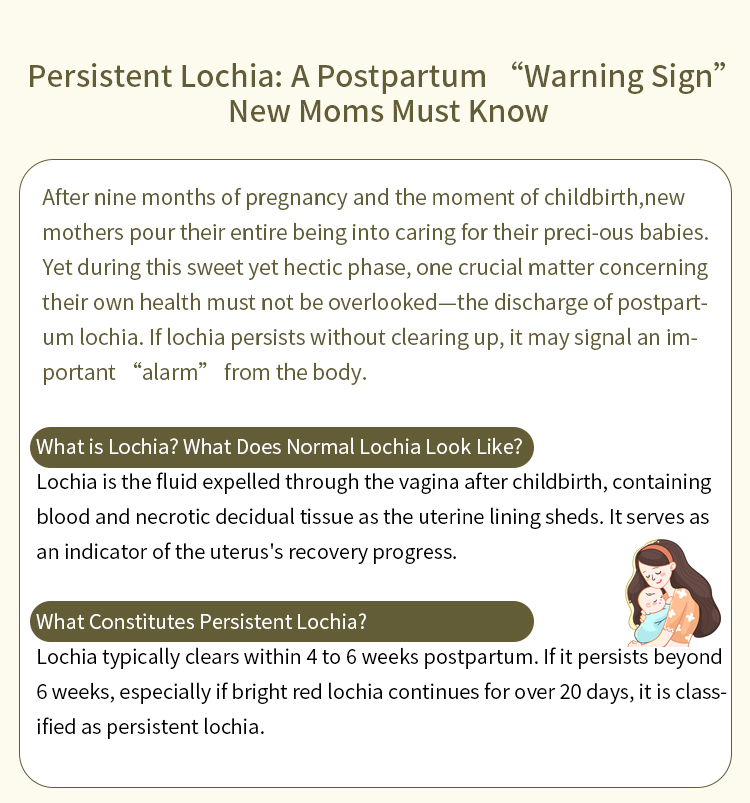The Science of Rainproof Materials: A Comprehensive Guide to Weather-Resistant Solutions
3 min readWhen it comes to protecting ourselves and our belongings from the elements, understanding rainproof materials is essential. Whether you're an outdoor enthusiast, a fashion designer, or a homeowner looking to safeguard your property, knowing which materials can withstand rain is crucial. This article delves into the science behind rainproof materials, exploring their properties, applications, and the latest innovations in the field.
Understanding Rainproof Materials
Rainproof materials are designed to repel water, preventing it from penetrating the surface. This characteristic is often achieved through a combination of material selection, treatment processes, and design techniques. The effectiveness of a rainproof material is typically measured by its water resistance rating, which indicates how well it can withstand exposure to moisture.
Key Properties of Rainproof Materials
- Water Resistance: This is the primary property of rainproof materials. It refers to the ability of a material to resist water penetration. Materials are often rated on a scale, with higher ratings indicating better water resistance.
- Breathability: While it’s important for a material to repel water, it should also allow moisture vapor to escape. This is particularly important in clothing and outdoor gear, where trapped moisture can lead to discomfort and overheating.
- Durability: Rainproof materials must withstand not only water exposure but also the wear and tear of daily use. This includes resistance to abrasion, UV degradation, and other environmental factors.
- Weight and Flexibility: For clothing and outdoor gear, lightweight and flexible materials are preferred, as they provide comfort and ease of movement without compromising protection.
Common Rainproof Materials
- Gore-Tex
Gore-Tex is a well-known waterproof and breathable fabric that has become a standard in outdoor apparel. It features a membrane that allows moisture vapor to escape while preventing water droplets from entering. This makes it ideal for jackets, footwear, and other gear used in wet conditions.
- Nylon and Polyester
Both nylon and polyester are synthetic fibers commonly used in rainproof clothing and gear. When treated with a Durable Water Repellent (DWR) finish, these materials can effectively repel water. They are lightweight, durable, and often used in outdoor jackets, tents, and backpacks.
- Rubber and PVC
For applications requiring complete waterproofing, such as raincoats and boots, rubber and PVC (polyvinyl chloride) are excellent choices. These materials are inherently water-resistant and provide a barrier against moisture. However, they may lack breathability, which can lead to discomfort in warmer conditions.
- Waxed Cotton
Waxed cotton is a traditional rainproof material that combines natural fibers with a wax coating. This treatment provides a level of water resistance while maintaining breathability. It is often used in outdoor clothing and accessories, offering a classic aesthetic along with functionality.
Innovations in Rainproof Technology
The field of rainproof materials is constantly evolving, with new technologies emerging to enhance performance. Some notable advancements include:
- Self-Healing Materials: Researchers are developing materials that can repair themselves when damaged, maintaining their water-resistant properties over time.
- Eco-Friendly Treatments: As sustainability becomes a priority, manufacturers are exploring environmentally friendly water-repellent treatments that reduce the use of harmful chemicals.
- Smart Fabrics: Innovations in smart textiles are leading to the development of materials that can adapt to changing weather conditions, providing enhanced protection when needed.
Applications of Rainproof Materials
Rainproof materials are utilized across various industries, including:
- Outdoor Gear: From hiking boots to waterproof tents, rainproof materials are essential for outdoor enthusiasts seeking protection from the elements.
- Fashion: Designers are increasingly incorporating rainproof fabrics into their collections, blending style with functionality.
- Construction: In the construction industry, rainproof materials are used in roofing, siding, and waterproofing membranes to protect buildings from water damage.
Conclusion
Understanding what materials are rainproof is vital for anyone looking to stay dry and comfortable in wet conditions. From advanced synthetic fabrics like Gore-Tex to traditional options like waxed cotton, there is a wide range of materials available to suit various needs and preferences. As technology continues to advance, the future of rainproof materials looks promising, with innovations that prioritize both performance and sustainability. Whether you're gearing up for an outdoor adventure or simply looking to protect your belongings, choosing the right rainproof material can make all the difference.


